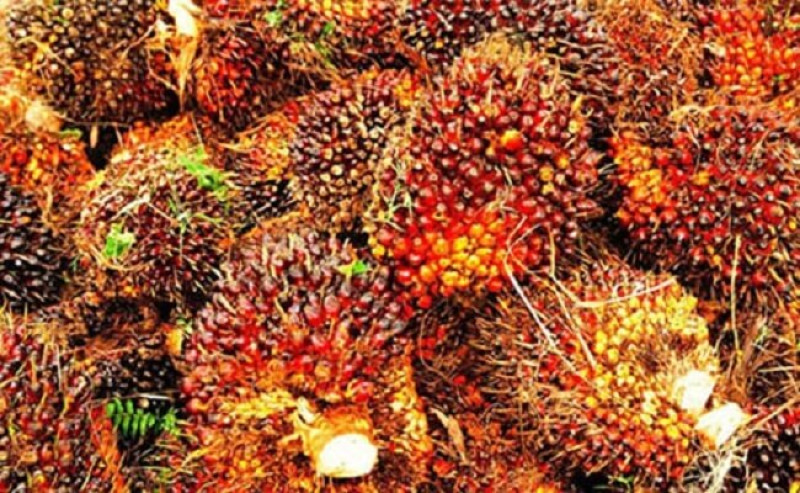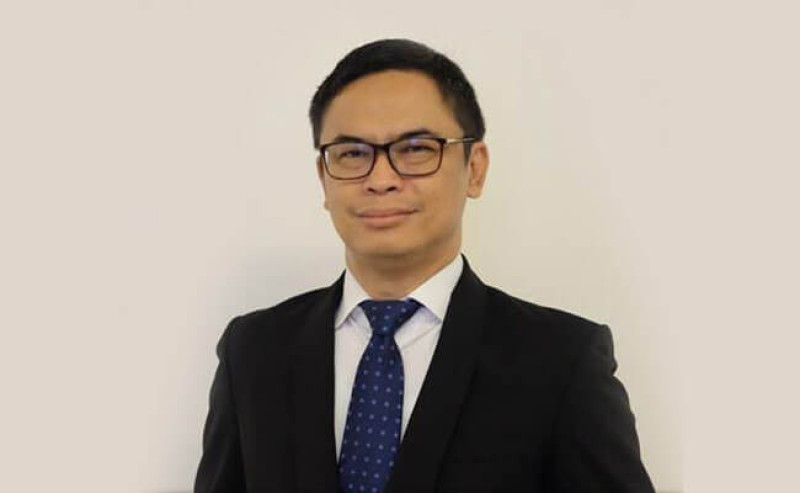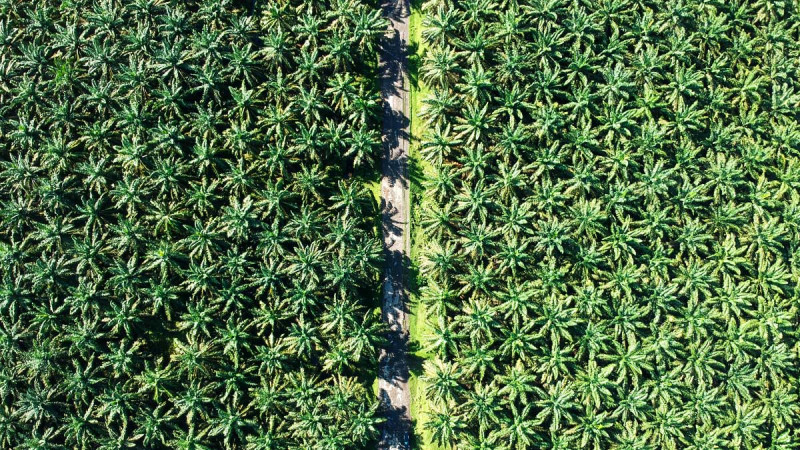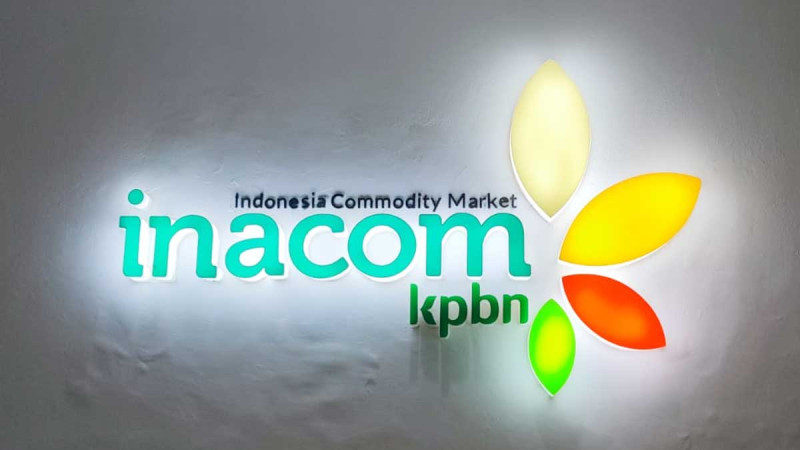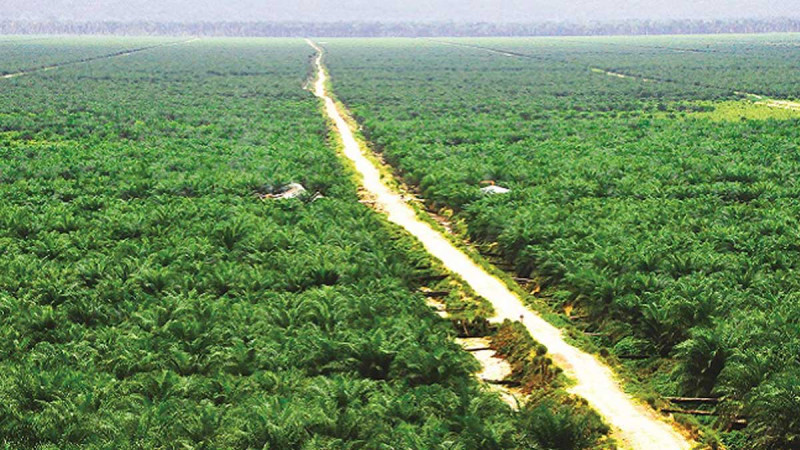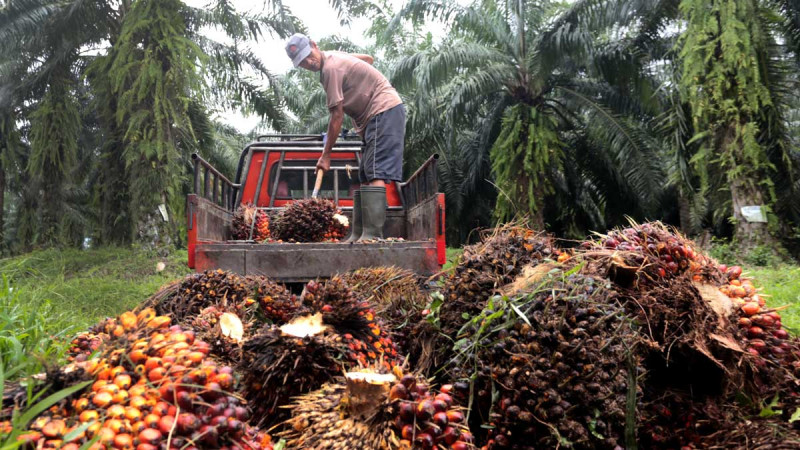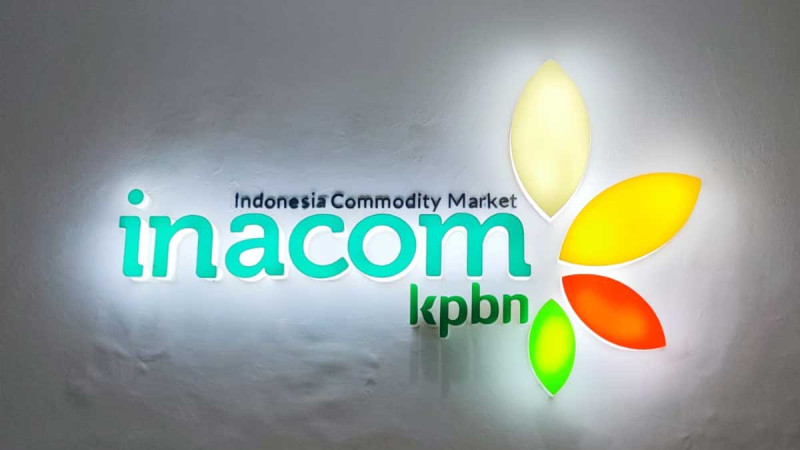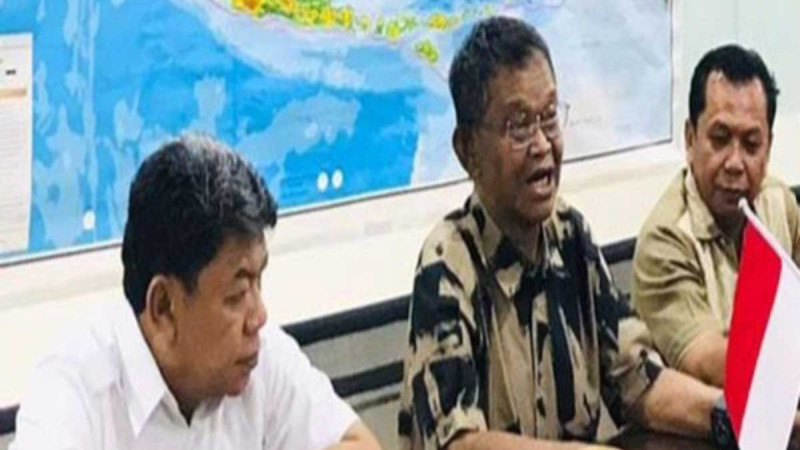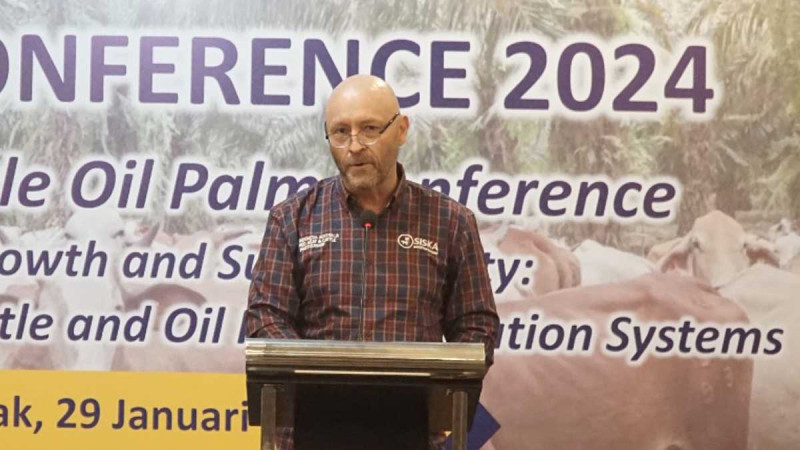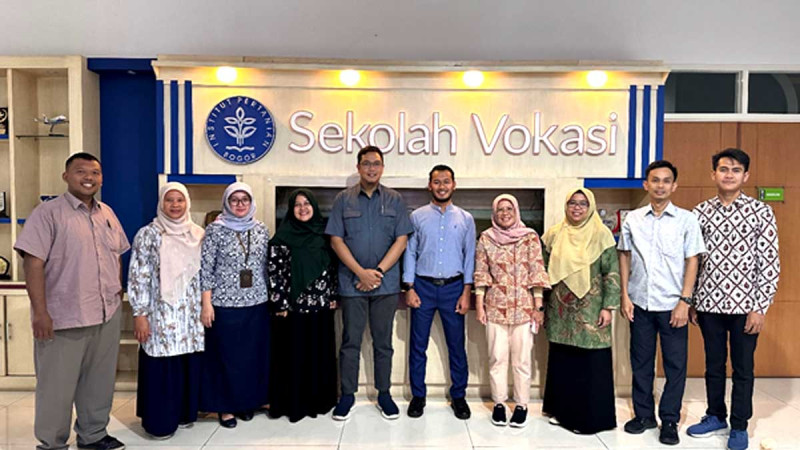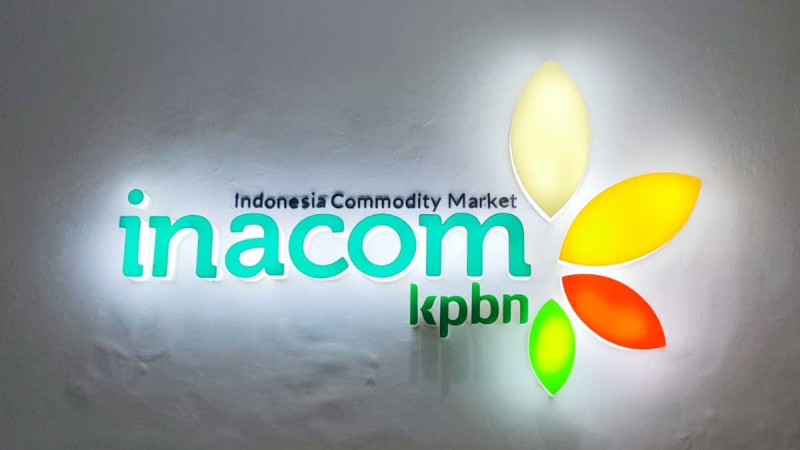InfoSAWIT JAKARTA – For palm oil plantations deliver significant impacs for villagers’ source of living in Indonesia, the government advantages this commodity and reinforces Indonesia as the leader in palm oil plantations globally by expanding the plantations. But the areas to new planting get narrower in Kalimantan and Sumatera. It now tends to be developed by acquiring areas in Papua.
It is a chance and also a challenge to develop palm oil plantations in Papua. It would develop isolated regions, encourage to develop infrastructures, create employment, and increase the people’s income.
But indigenous people that depend on forests as their sources of living, the lack of insights about palm oil cultivation become the major issue to take Papua people be effective in this industry.
Besides, the doubt among palm oil plantation companies to run main – plasma scheme would limit the local people to involve, expand the gap and always cause tension about area release ad unsatisfied compensation which may be low in numbers.
Many Indonesian labors to work in palm oil plantation become the sources of conflict with the local people.
Plantation expansion in Papua which gets faster and controlled by regional autonomy in administration could be divided to be six provincial administrations. These caused deforestation and other negative environmental effects, such as, the quality of water, air pollution, and erosion.
The lack of monitoring by the people and media to plantation development in Papua and distance among regions by the central government in Jakarta, made everything uncontrolled.
Before every damage is uncontrolled, the central government should immediately take care to introduce the plans of holistic, equal, and sustainable development with other regions in Indonesia.
Papua, the most left-behind region in this country needs social – economic development program which has been well – tested. Palm oil could deliver advantages for many people in Papua and maintain the eternal peace in the region.
According to World Resource Institute (WRI) in 2021, the land in Papua laid about 41,3 million hectares in total. The numbers covered 36 million hectares of forests 9r 87 percent of the land. It means, the dominant forests in Papua are taken as high forest cover landscape (HFCL). This term is created by the high carbon stock approach (HCSA) for the forest canopy is more than 80 percent.
According to Ministry of Agriculture, there have been 29 active palm oil plantation concessions that laid about 225.000 hectares of 0,5 percent of the land. One non-significant portion from palm oil plantations that laid about 16,38 million hectares.
Concession areas that have licenses laid about 1 million hectares. The numbers would be more if there is no drastic action to do in 2021 when Papua Barat revoked 16 concession licenses that laid about 340.000 hectares in total. But for every palm oil plantation is cultivated by companies, palm oil production is higher 20% than it in other regions in Indonesia.
It means Papua has one high level of productivity and best location to develop palm oil plantations in the world. The people of Papua should get the same chance to get economic development.
The chance to its development can be fully advantaged if local palm oil industries are developed sustainable by considering the unique characteristic of its regional socio-culture.
Franki Samperante from Yayasan Pusaka, a famous non-government organization in Papua noted that palm oil development in the regions should run by lifting up indigenous laws and protecting the interests of original people of Papua, workers, and environmental conservation. Palm oil development should mitigate the negative social and environmental impacts.
He also told that it needs to substitute policy by making (a) development programs in community – base that would prioritize the decision and the living of Papua people.
Not like in Sumatera and Kalimantan where palm oil develops many, the land of Papua which is full of many (things) still offers big chances to get new plantations. But it should sustainably run by taking lesson from the last days – mistakes.
That is why the government should confirm that law enforcement about deforestation in European Union (that would be implementing) should not be as rigid as or as hard as it in Sumatera and Kalimantan. If not, Papua would be much more left behind in the development (point of view).
The government should monitor closely the sustainable development platform in the region as HFCL to balance the needs and conserve the forests without scarifying the sustainable (development) goals.
The concept of palm oil development in HFCL is not new thing. High carbon stock approach (HSCA) is trying to develop frame of work but it is not tested or adopted yet.
Concerning the urgency to get new development strategies in Papua, to accelerate the development in the region to get welfare and re-develop peace, the government needs to be more proactive to formulate work frame in the region about sustainable palm oil development in the region as the option which is worthies development and should cover three strategies.
The first, do re-assessment of land use in every region and landscape in Papua to be divided into main carbon categories for high carbon, forest conservation, sustainable development within specific regulation. The levels of controlled development can get permits by still maintaining HCS and HCV.
The second, get design and adopt sustainable palm oil development in Papua as HFCL. The frame work should also describe sustainable cultivation that combines the goals of environmental conservation, regional development, and social fairness.
the third, do re-evaluate and limit palm oil cultivation to be fully based on sustainable standards. New palm oil plantings in concession areas that laid about 1 million hectares should be monitored closely within the priority, handed over to the smallholders.
The last, do educate and convince the markets that the sustainable and balanced palm oil development in Papua for the regional welfare should be allowed. The changing of land canopy which is controlled should be free from label of deforestation.
Edi Suhardi/Sustainable Palm Oil Analyst



